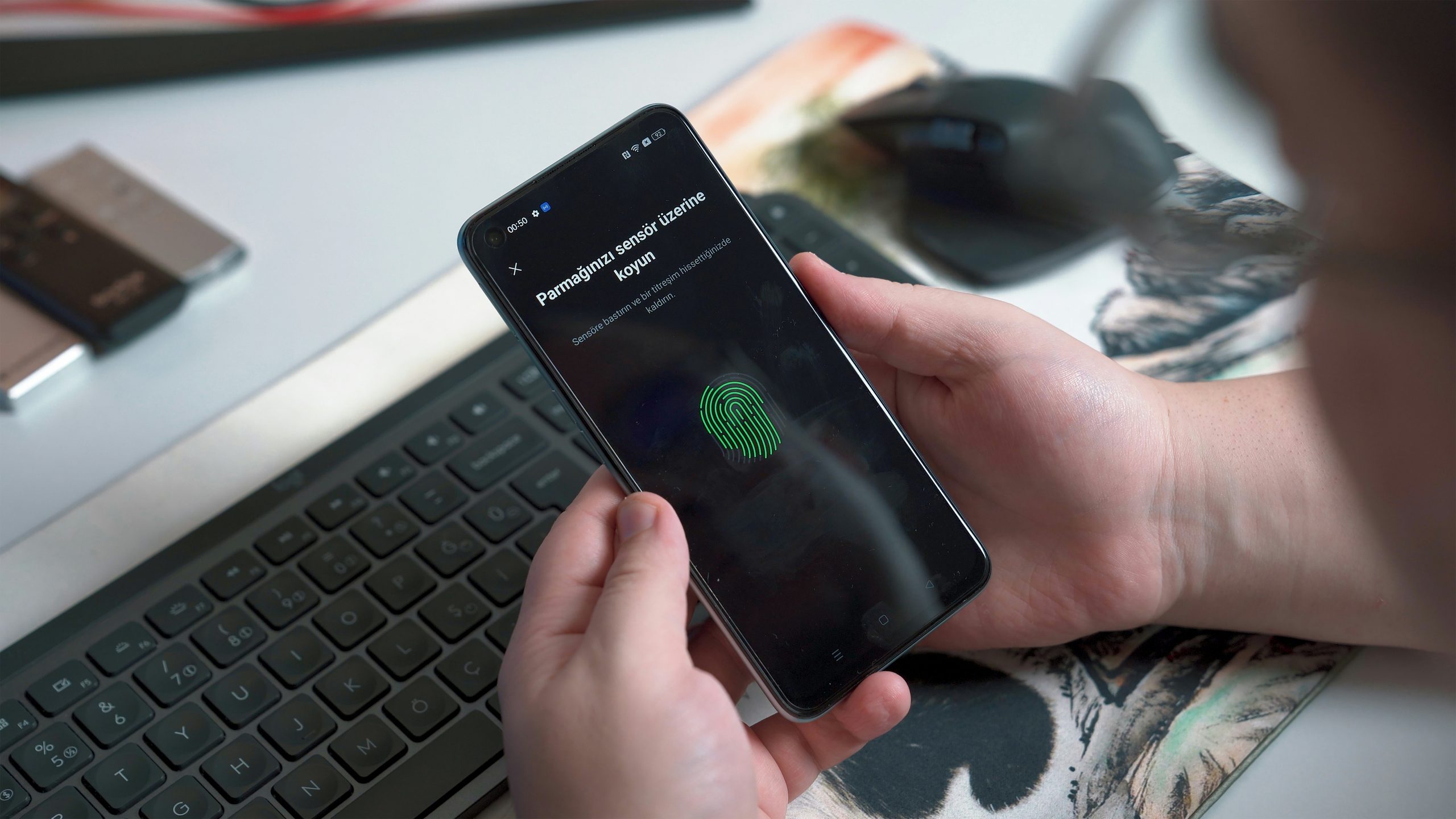Biometrics in Mobile Apps: A Deep Dive into Evolution, Security, User Experience, and Ethical Frontiers

Page Contents
The advent of biometric authentication in mobile app development marks a transformative era in digital security and user interaction. This comprehensive exploration aims to dissect the multifaceted impact of biometrics on mobile applications, unraveling the layers of evolution, security fortifications, user experience enhancements, and ethical considerations that accompany this revolutionary technology.
Evolution of Biometric Authentication
The evolutionary trajectory of biometric authentication traces its roots from the nascent stages of fingerprint recognition to the sophisticated methods of facial and iris scanning. From being a niche feature, biometrics has evolved into a pivotal aspect of contemporary security protocols, redefining the landscape of user authentication in mobile apps. This evolution signifies a paradigm shift towards personalized, robust, and secure authentication mechanisms, reflecting a broader trend in technological advancement.
Augmenting Security and User Authentication
The core strength of biometrics in mobile apps lies in its unparalleled capacity to fortify security measures. In contrast to traditional methods relying on PIN codes or passwords, biometric authentication introduces an additional layer of security through the utilization of unique physical or behavioral characteristics. Facial recognition, powered by advanced algorithms, meticulously maps and analyzes facial features, creating a distinct biometric profile for each user. Similarly, fingerprint scanning harnesses the individuality of fingerprint patterns to grant access.
These methods not only enhance security but also alleviate the cognitive load associated with remembering complex passwords. The reduction of friction in the authentication process not only contributes to robust security but also addresses user experience concerns related to password fatigue and potential security vulnerabilities.
To harness the full potential of biometric authentication in your mobile app development and ensure a seamless blend of robust security and user experience, consider hiring skilled app developers from Lemon.io at https://lemon.io/hire-app-developers/.
Elevating User Experience
The transformative impact of biometrics extends beyond security, profoundly influencing the user experience paradigm. The era of cumbersome password entries and the perpetual risk of forgotten PIN codes is gradually dissipating. Biometric authentication brings forth a streamlined login process, offering users swift and effortless access to their devices and applications.
Facial recognition, heralded for its expediency and elegance, has become emblematic of a sophisticated and frictionless user experience. Unlocking smartphones or authorizing transactions with a mere glance exemplifies the seamless fusion of cutting-edge technology and user-centric design principles, catering to the contemporary demand for fluid and intuitive interactions.
Applications in Mobile Banking and Transactions
The ramifications of biometrics extend significantly into the financial sector, particularly within the domain of mobile banking and transactions. Through the integration of fingerprint and facial recognition technologies, users can securely access their banking applications and authorize transactions with a touch or a glance. Beyond the immediate security benefits, this engenders a heightened sense of confidence in users regarding the integrity and reliability of mobile banking platforms.
The integration of biometrics in payment services, exemplified by platforms like Apple Pay and Samsung Pay, epitomizes the fusion of security and convenience. Users can effortlessly complete purchases with a fingerprint scan or facial recognition, forging a path toward secure and streamlined financial transactions in the digital realm.
Privacy Concerns and Ethical Considerations
While the advantages of biometric authentication are profound, they are accompanied by legitimate concerns related to privacy and ethical implications. The storage and processing of biometric data introduce a myriad of questions pertaining to the potential misuse of highly sensitive information. Developers and enterprises must prioritize the implementation of robust security measures to safeguard biometric data from unauthorized access or malicious hacking attempts.
Ethical considerations extend to issues of user consent and transparency. Users should be meticulously informed about how their biometric data is being utilized, stored, and whether it is shared with third parties. Striking a delicate balance between the conveniences of biometric authentication and the imperative of preserving user privacy is crucial to fostering user trust and confidence.
Challenges and Limitations
Amidst the widescale adoption of biometrics, challenges and limitations persist, necessitating a nuanced understanding and strategic mitigation strategies. One notable challenge pertains to the vulnerability of biometric systems to spoofing or false positives. While advancements in biometric technology have substantially reduced the risk of impersonation, continuous refinement is imperative to ensure foolproof security.
Interoperability poses another noteworthy challenge, with different devices and platforms implementing disparate biometric methods. Standardization and compatibility across devices could significantly enhance the user experience and stimulate broader adoption.
The Socio-Economic Impact of Biometrics
Beyond the realms of security and user experience, biometrics is poised to have a profound socio-economic impact. Its integration in mobile apps aligns with the global trend towards a more interconnected and digitized society. From influencing financial inclusion through secure and accessible banking services to redefining identity verification in various sectors, biometrics emerges as a catalyst for positive socio-economic transformation.
Future Horizons
Biometrics in mobile apps evolves with AI, machine learning, and edge computing, ensuring heightened security and personalized authentication. This synergy adapts dynamically to user behaviors, with machine learning discerning patterns. Looking ahead, biometrics envisions a context-aware authentication experience, aligning security with the user's environment and preferences. In summary, the future of biometrics promises a dynamic and user-centric authentication journey.
Final Words
In essence, the impact of biometrics on mobile apps extends beyond the surface, marking a significant leap in technological progress. It is a compelling amalgamation of heightened security, enriched user experiences, and ethical considerations. As we navigate this transformative landscape, developers play a pivotal role in upholding a vigilant stance, addressing challenges, and ensuring the responsible deployment of biometric technologies.
This shift not only represents an evolution but a paradigmatic change in mobile app authentication. The continuous refinement and integration of biometrics promise not just enhanced security but also a more seamless and user-centric digital environment. However, with progress comes responsibility, and developers stand at the forefront of shaping a future that harmonizes technological innovation with ethical considerations.

Barry is a lover of everything technology. Figuring out how the software works and creating content to shed more light on the value it offers users is his favorite pastime. When not evaluating apps or programs, he's busy trying out new healthy recipes, doing yoga, meditating, or taking nature walks with his little one.



